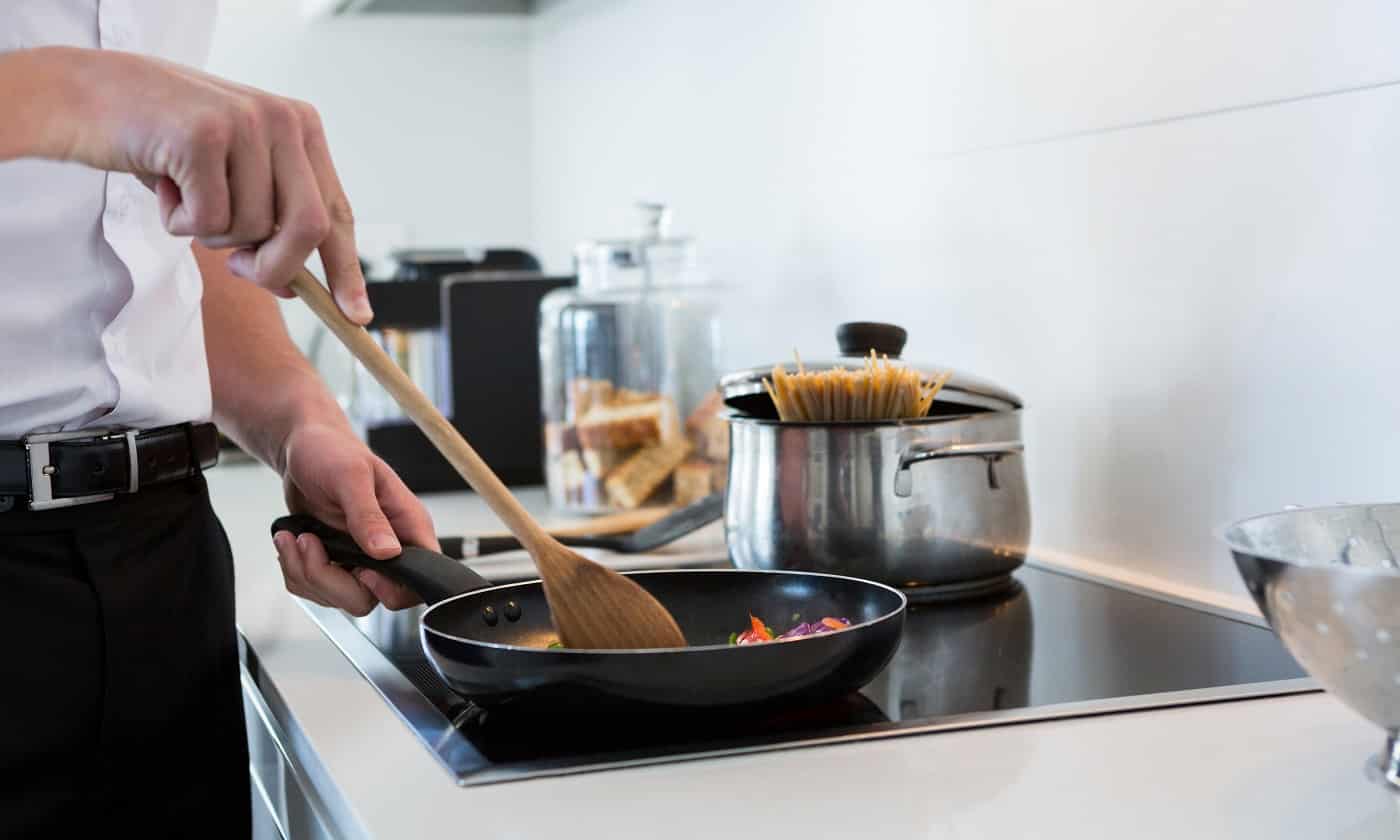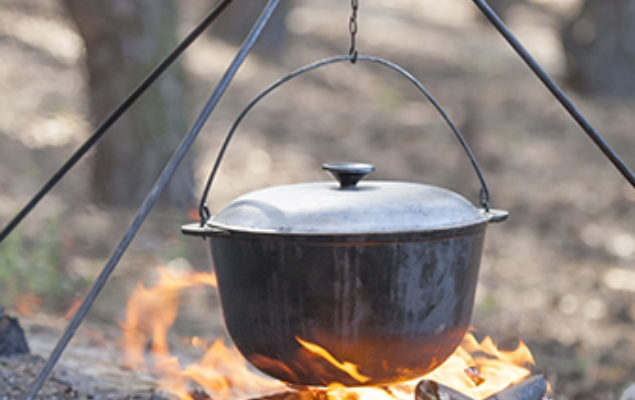In the ever-evolving world of culinary arts, the rise of induction cooking has sparked curiosity and questions among kitchen professionals. Many are pondering whether they can utilize their beloved traditional pans on these modern stovetops. The primary keyword induction cooking with traditional pans not only raises eyebrows but also opens up a realm of exploration for chefs and culinary enthusiasts alike.
As induction cooking continues to gain popularity due to its efficiency and precision, understanding how it works with traditional cookware becomes essential. But can your cherished cast iron skillet or stainless-steel saucepan make the cut? Let's dive deeper into this intriguing topic.

The Science Behind Induction Cooking
Induction cooking is a fascinating process. Unlike conventional gas or electric stoves, induction cooktops use electromagnetic fields to directly heat the cookware. This means that the energy is transferred directly to the pan, resulting in faster heating times and more precise temperature control. However, this technology requires cookware made of ferrous metals, such as cast iron or some stainless steels, to work effectively.
For those unfamiliar with the intricacies of induction cooking, understanding these requirements can be a bit overwhelming. You might wonder if your existing collection of pots and pans will suffice. Fortunately, with a bit of knowledge, you can easily determine which of your traditional pans are compatible.
Testing Your Traditional Pans
Before you start cooking, it's crucial to test your traditional pans for compatibility with induction cooktops. The simplest way to do this is with a magnet. If a magnet sticks to the bottom of your pan, it's likely compatible with induction cooking. This is because the pan must be made of a material that can conduct a magnetic field to generate heat.
However, not all pans are created equal. Some may have a magnetic base but still not perform optimally on an induction cooktop. It's important to consider the thickness and flatness of the pan's base, as these factors can influence heat distribution and cooking efficiency.
Maximizing Performance with Traditional Pans
Once you've identified which of your traditional pans can be used on an induction cooktop, it's time to optimize their performance. One of the key benefits of using induction is its rapid heating time. Therefore, it's essential to monitor your cooking closely to avoid overcooking or burning.
For kitchen professionals, maintaining a balance between tradition and innovation is crucial. Incorporating traditional pans into your induction cooking routine can enhance your culinary skills and bring a sense of nostalgia to modern cooking techniques. Additionally, you can explore further insights on controlling heat using cast iron on induction cooktops for better results.
Preserving the Essence of Traditional Cooking
For many chefs, cooking with traditional pans is more than just a preference; it's a connection to culinary history. The weight and feel of a well-seasoned cast iron skillet or the gleam of a polished copper pot hold sentimental value. By integrating these cherished tools into modern cooking methods, you can preserve the essence of traditional cooking while embracing the benefits of induction technology.
Moreover, cooking with traditional pans on induction cooktops allows you to explore new flavors and techniques. You can experiment with various recipes and witness firsthand how the rapid response of induction can elevate your culinary creations. For real-life experiences and practical tips, check out this real-life experience with cast iron on induction.
Overcoming Challenges and Myths
While the concept of using traditional pans on induction cooktops is appealing, it's important to address potential challenges and dispel common myths. One common misconception is that induction cooking is only suitable for high-tech cookware, leaving traditional pans obsolete. However, this is far from the truth.
Many kitchen professionals have successfully embraced induction cooking with traditional pans, debunking the myth that it's incompatible. With the right techniques and understanding, you can enjoy the best of both worlds. For further insights, you can explore more on myths about cast iron and induction.
Conclusion
In conclusion, induction cooking with traditional pans is not only possible but can also enhance your culinary journey. By understanding the science behind induction, testing your pans, and optimizing their performance, you can seamlessly integrate tradition with innovation in your kitchen. For more information on the best pans and pots for induction hobs, you can refer to this guide.

Frequently Asked Questions
1. Can all traditional pans be used on induction cooktops?
Not all traditional pans are suitable for induction cooking. Only those made of ferrous metals, such as cast iron or certain stainless steels, will work effectively.
2. How can I test if my pan is induction-compatible?
To test if your pan is compatible, use a magnet. If the magnet sticks to the bottom of the pan, it is likely suitable for induction cooking.
3. Do I need to buy new cookware for induction cooking?
Not necessarily. If your existing traditional pans are made of the right materials, they can be used on induction cooktops. However, investing in a few specialized pieces may enhance your cooking experience.






Leave a comment
This site is protected by hCaptcha and the hCaptcha Privacy Policy and Terms of Service apply.